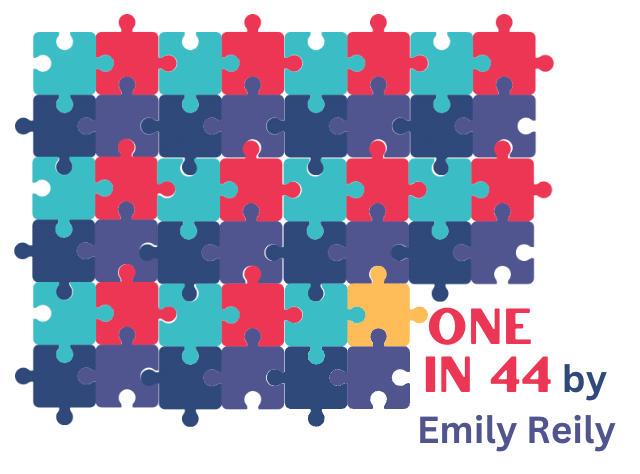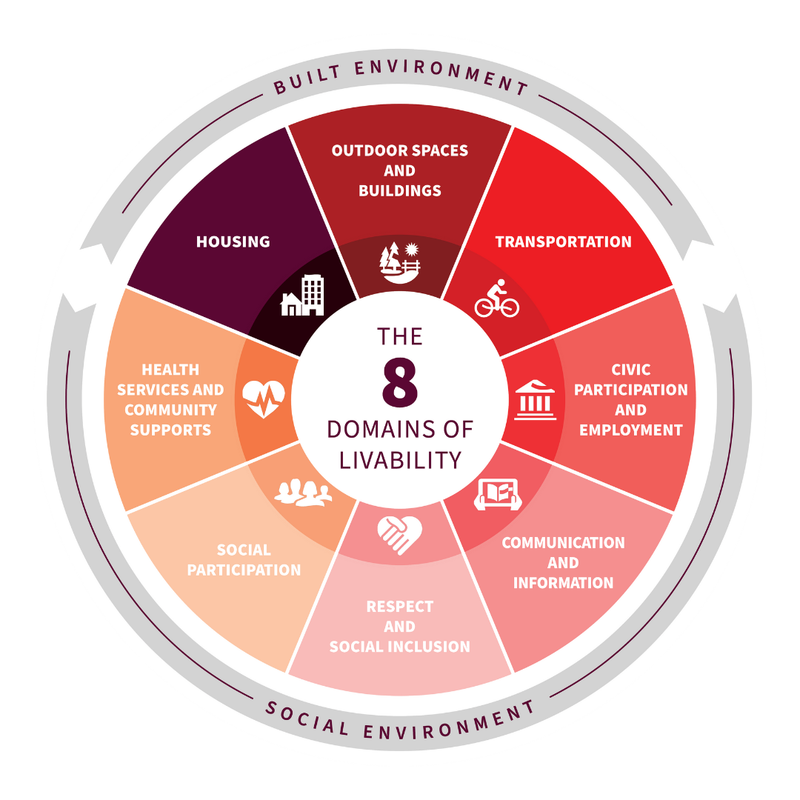One in 44: Autism spectrum disorder and finding answers
I remember the day I decided to speak up about my child. We had just come home after a birthday party at a trampoline park. She had had a meltdown at the party but we couldn’t figure out why. The tears didn’t seem to match what was happening. Why would she be THIS upset about not getting her turn /

When choosing a name for this column and settling on “One in 44,” I cited the Centers for Disease Control and Prevention, which states that one in 44 children are diagnosed with autism spectrum disorder.
This week, I checked the CDC’s website, which now states that one in 36 children are identified with autism spectrum disorder. I’ve barely started this column and already it’s behind the times!
https://www.cdc.gov/ncbddd/autism/data.html
As a parent and a journalist who was taught to question everything to better inform the reader, here are some more reported statistics that may sound surprising.
The World Health Organization states that an estimated one in 100 children around the world have autism spectrum disorder — a number that’s clearly different from the CDC’s statistics. To be fair, the CDC cites its Autism and Developmental Disabilities Monitoring (ADDM) Network, which examines data from just U.S. populations.
Of course, different populations yield different results.
It’s nothing new, but data around autism spectrum diagnoses are all over the map, and on the internet, all these numbers swirl together and can get mixed up in our heads – in my head, anyway.
Regardless of discrepancies and data and study methods, the reasons why there’s difficulty in diagnosing autism in the first place are as varied as the symptoms themselves.
As the CDC points out, there’s no blood test that definitively identifies a marker — like an “autism gene,” for example. People are diagnosed through symptoms — things that might seem innocuous at first, but are glaring to those used to noticing the subtle signs. This can lead to all sorts of misunderstandings and missed signals.
Often, people with ASD experience all the common developmental milestones, and the diagnosis can simply evade them. Some might go years without being diagnosed, while some exhibit symptoms in childhood.
Signs can be as vague as only liking certain foods or having a tough time at transitions, or as obvious as being nonverbal or having repetitive movements. It’s simply “the spectrum” at work.
Even more factors at play can skew the data that we read online.
Autism screening can take place at several milestones in a child’s development, but not all children with autism can access these supports. Adults can be diagnosed late in life with ASD as well. These facts all further the distances between late diagnoses, misdiagnoses and non-diagnoses.
So what are we supposed to do with all this knowledge? Finding out all you can about autism is great, but where does it lead us, and where does it leave us?
I think investigation and research is ultimately good, but too much of anything can lead to more complications, whether you’re a caregiver, a parent, or someone with autism. It’s easy to get caught up in one theory and follow it down a rabbit hole, and just as easy to miss a report that nullifies the one you’ve spent so much time reading.
Whenever I get stuck with writing or doing a task, I try to remind myself to take a step back and try to see the big picture again. What is one underlying theme in all these articles and studies? And what do you see in front of you?
For us, we figured it out around Sarah’s third birthday. I remember the day I decided to speak up about my child. We had just come home after a birthday party at a trampoline park. She had had a meltdown at the party but we couldn’t figure out why. The tears didn’t seem to match what was happening. Why would she be THIS upset about not getting her turn / having to leave, the party / whatever the transition happened to be at the time.
Sarah continued to be upset on the ride home, and for hours after we got back, and nothing worked to calm her down. It was another meltdown, and once again we were at a loss. We felt horrible and sad that a fun kids’ event only ended up in chaos and apologies and unanswered questions.
That’s when something inside told me that this wasn’t right.
Before that, the caregivers at her daycare center first raised the issue with us, but we didn’t quite make the connection (or I didn’t, at first). How could they say this about our child? Why on earth would we have her tested for autism? What even is autism? It was so overwhelming.
But then we were thinking back to other incidents that ended in tears and frustration, and a feeling of exhaustion at not understanding. Now everything felt suspect. Was it “normal” that she appeared to hate being in the tub, for example?
We eventually brought it up with her then-pediatrician, who told us that nothing seemed out of the ordinary. But still we had questions, and this pediatrician didn’t have the answers.
My memory may not recall the exact order in which these red flags were raised, or the details about why a get-together ended in disaster, but the moments are clear in my mind.
Follow your gut, and if people say you’re wrong, maybe you are. But maybe you’re not.
If you’re caring for someone and you’re not sure whether they might have ASD, be bold and mention it to your child’s pediatrician, or a family friend, or anyone who is willing to listen. It could be that a friend sees things that you don’t.
I feel that it’s unlikely to know what’s actually fact when it comes to statistics – it’s up to researchers and scientists, psychologists, doctors, and other professionals to continue the job caregivers can’t.
Statistics and online information are only one part of understanding autism. Being patient is not my strong suit, but it’s all that I have to work with.
Every parent of a person who has been diagnosed with ASD has a story about the day they knew something felt different—maybe you’d like to share your story below?

Food jags
It’s difficult to define, but food jags are when a person consistently eats one type of food or one small group of foods. Food jags also work in the opposite way – a person might suddenly stop eating something they’ve had regularly for years, without explanation.
For people with ASD, it may come down to wanting to keep the same routine day after day, including what they eat. Or there might be sensory reasons – the texture, smell or look of foods can be offensive to someone with ASD. Feeding specialists can teach a caregiver how to present or prepare new foods differently based upon someone’s individual aversions. I try to keep our cupboards stocked with plenty of pizza, pasta, chicken fingers, fish sticks, and Z-bars — energy bars for kids.





